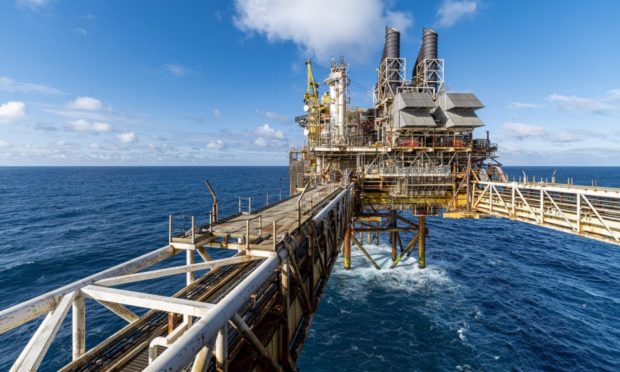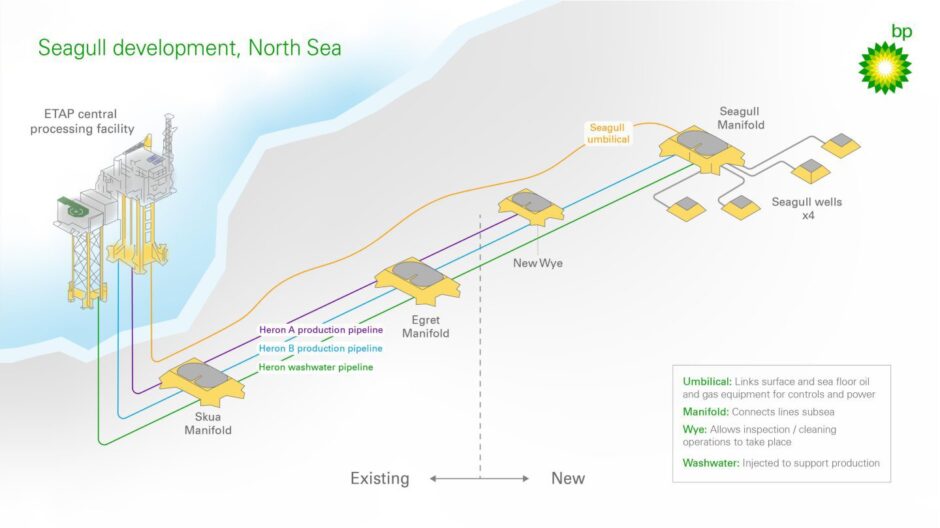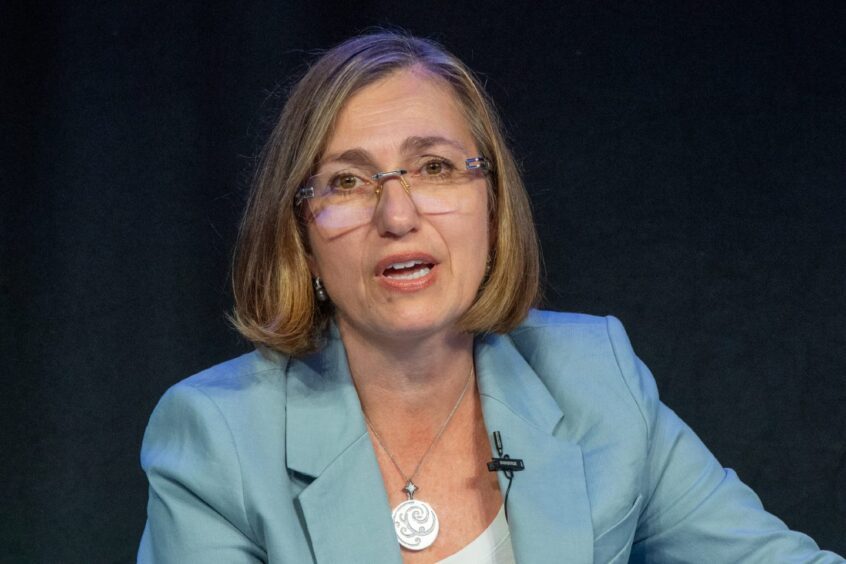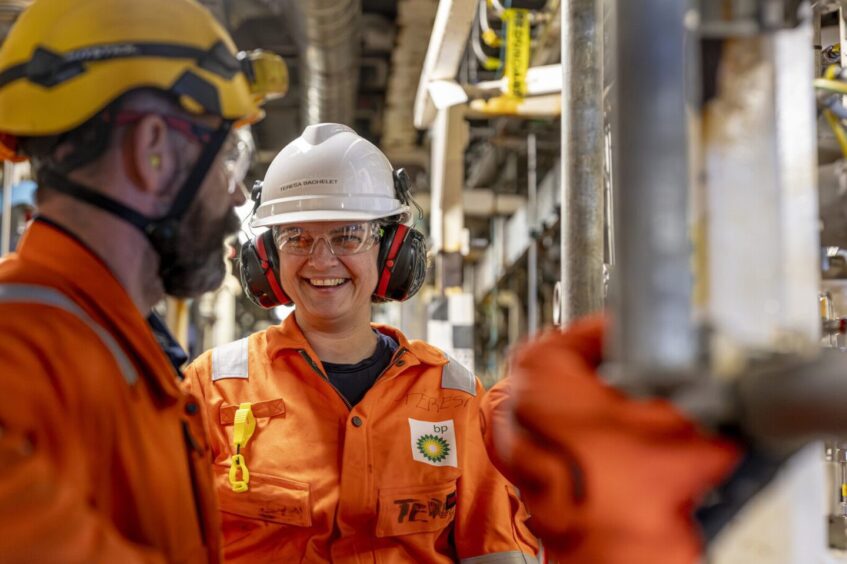BP and Neptune Energy have confirmed the start of production on their Seagull oil and gas development in the central North Sea.
The project milestone is exected to extend the life of a key North Sea hub.
Seagull has been developed by Neptune as a subsea tieback to the BP-operated Eastern Trough Area Project (Etap) processing hub around 140 miles east of Aberdeen.
Proven and probable reserves on the field are estimated at 50 million barrels of oil equivalent (boe).
Start-up is expected to initially deliver around 25,000boe per day from two wells. Drilling of a further two will see this ramp up to about 50,000boe per day at peak.
Neptune, currently in the throes of a takeover by Italian major Eni, holds a 35% stake in Seagull.
BP, which owns 50%, will operate the field through its production life. Japanese partner Japex holds the remaining 15% interest.
The project was formally sanctioned in 2019, subsea work was completed in 2020 and drilling began in early 2021.
Neptune had hoped for start-up in July, though BP bosses told analysts in August first oil would arrive “later” in 2023.
Longer future anticipated for Etap
Seagull is the first tieback to the Etap hub in two decades.
Oil from Seagull is exported through the Forties Pipeline System to Grangemouth in central Scotland and gas to Teesside via the Central Area Transmission System (Cats).
BP has said 800 jobs were supported by the project through the development phase.
Production is exected to help secure the longevity of Etap and its 350 full-time jobs, including 270 offshore and 80 onshore roles.
Etap also processes fluids from the BP-operated Machar, Madoes, Mirren, Monan, Marnock and Mungo fields.
The facility came online in July 1998, and has now surpassed its initial production life expectation of 20-25 years, thanks in part to an £800 million-plus investment in 2015 which extended its future into the 2030s.
Anther project – Murlach, a 26m barrel redevelopment of the Marnock-Skua field – secured regulatory approval in September, with production expected via Etap in 2025.
‘Fantastic milestone’
Welcoming first oil from Seagull, BP North Sea boss Doris Reiter said: “Start-up… is a fantastic milestone that demonstrates how BP is investing in today’s energy system and, at the same time, investing in the energy transition.
“A key focus for BP in the North Sea is to identify projects which can be developed efficiently using existing infrastructure. Seagull is a great example of this.”
Neptune UK director Alan Muirhead hailed the development as “an excellent example of what can be achieved through close collaboration”.
He added: “From the beginning, the partners have taken an innovative approach to ensure we can collectively maximise the recovery of domestic energy resources, while extending the life of existing subsea infrastructure to reduce development costs.”
Japex managing executive officer Tomomi Yamada said: “We believe this commencement in production will benefit our business expansion strategy in the North Sea.”
Supply chain boost
The project was also welcomed as a boon to supply chains.
Craig Shanaghey, executive president of projects at engineering group Wood, said: “More than 300 of our people across the UK and offshore played a key part in reaching this milestone by successfully delivering engineering, procurement, construction and commissioning services.
“Seagull is a great example of teamwork, trust and can-do attitude working across all stakeholders, demonstrating industry and supply chain collaboration, whilst ensuring the delivery with a focus on safe, reliable and efficient delivery.
“This enabled the delivery of energy security by successfully repurposing existing infrastructure in one of the largest and most complex fields in the North Sea.”
Offshore Energies UK chief executive David Whitehouse said the UK should “be proud” of the development.
It’s also a much-needed boost for Britain’s energy security, Mr Whitehouse said, adding: “Projects like this ensure we continue to support the homegrown energy, jobs and expertise we need to accelerate the transition to a low carbon future. ”





Conversation